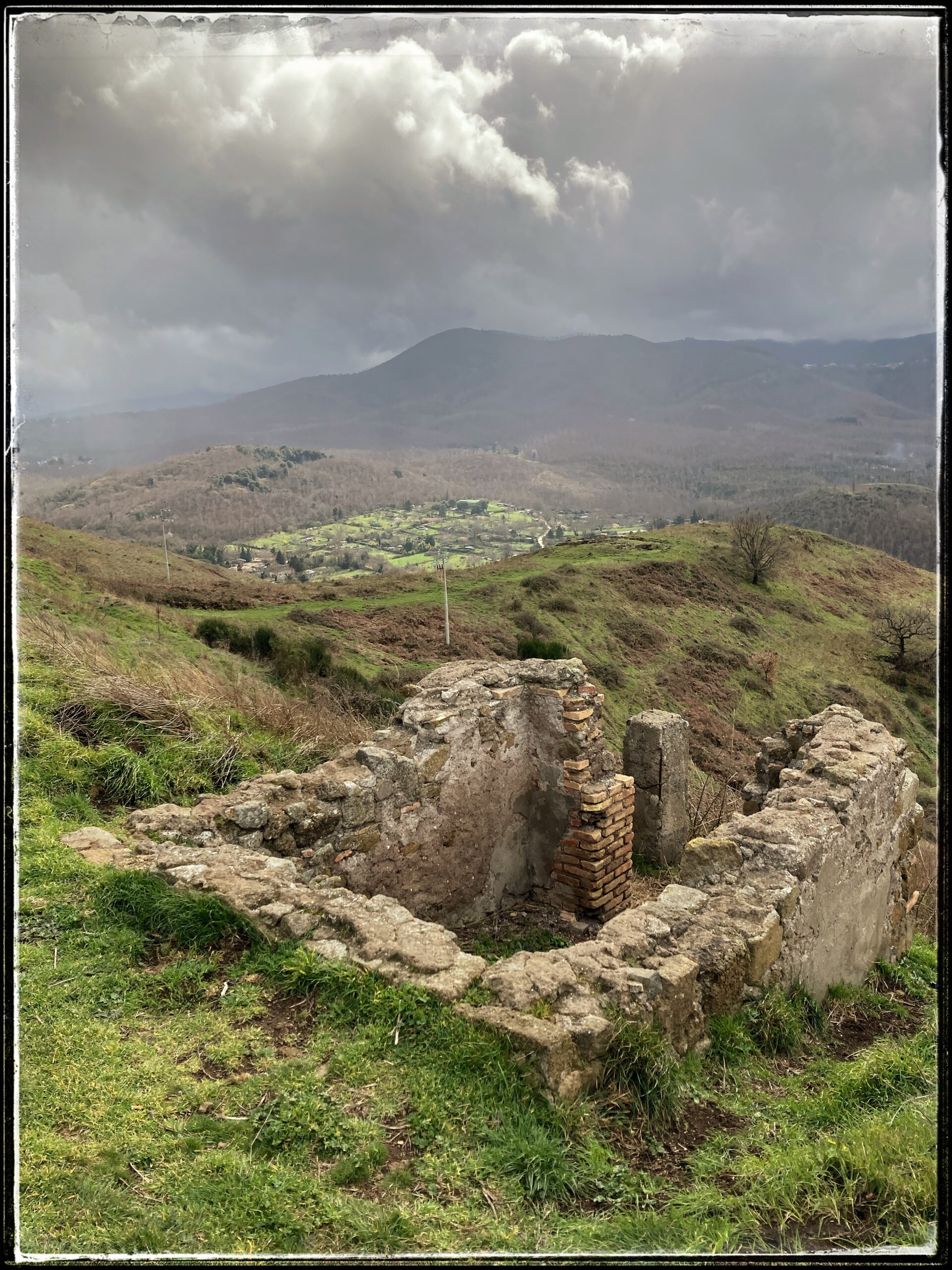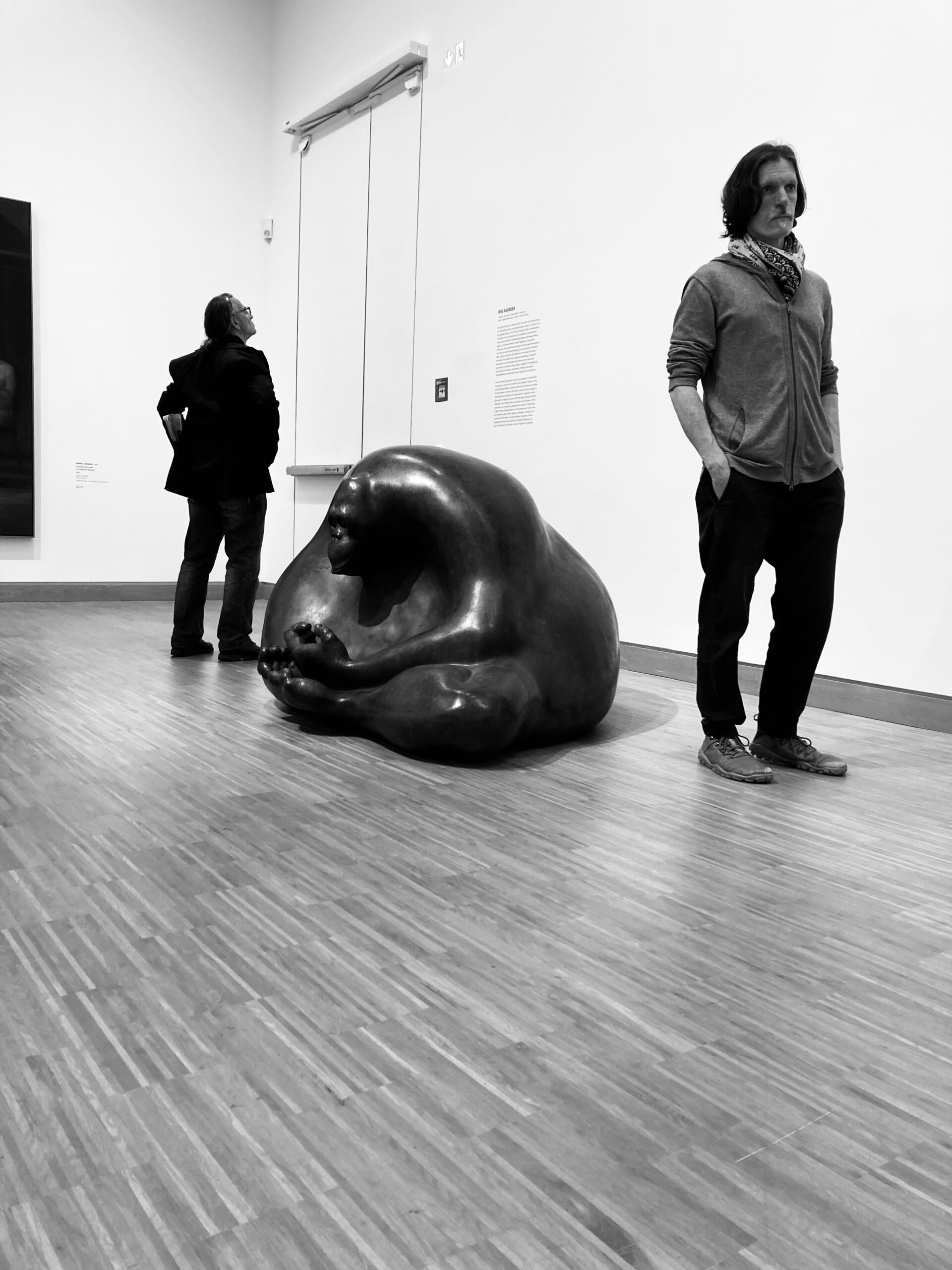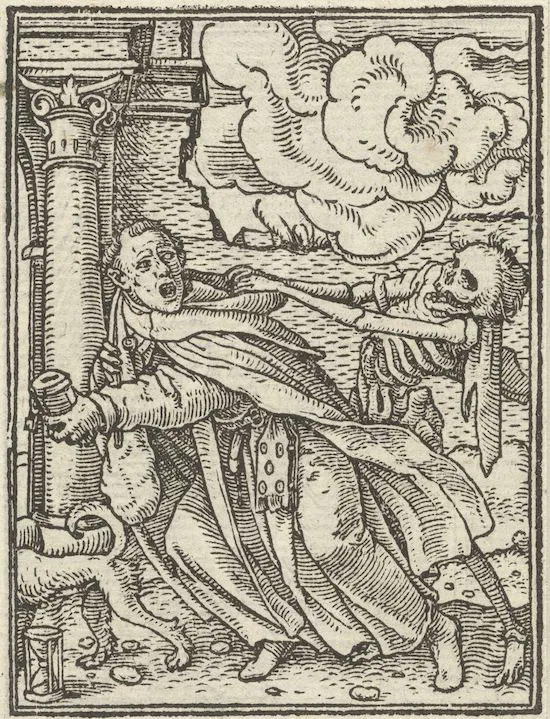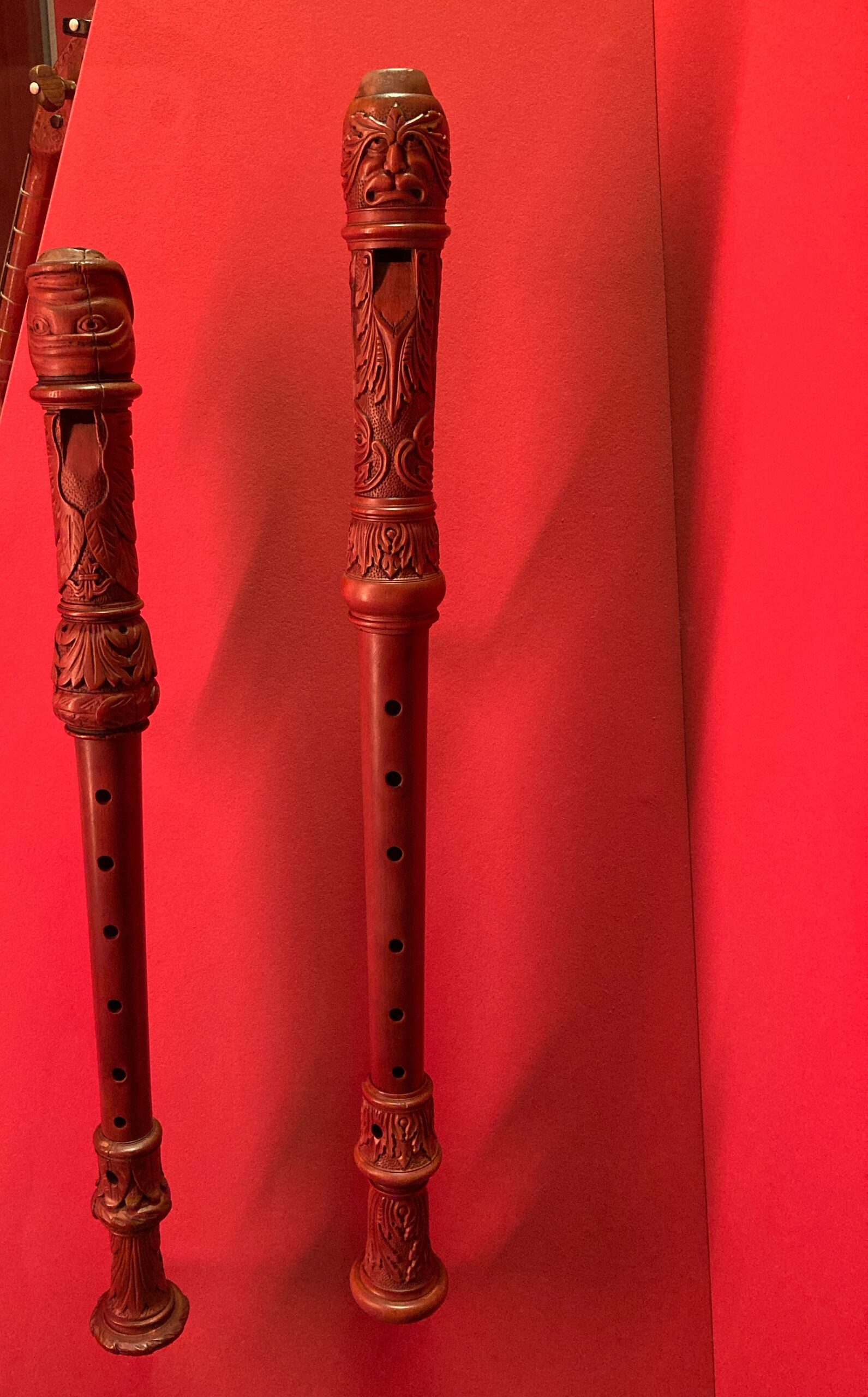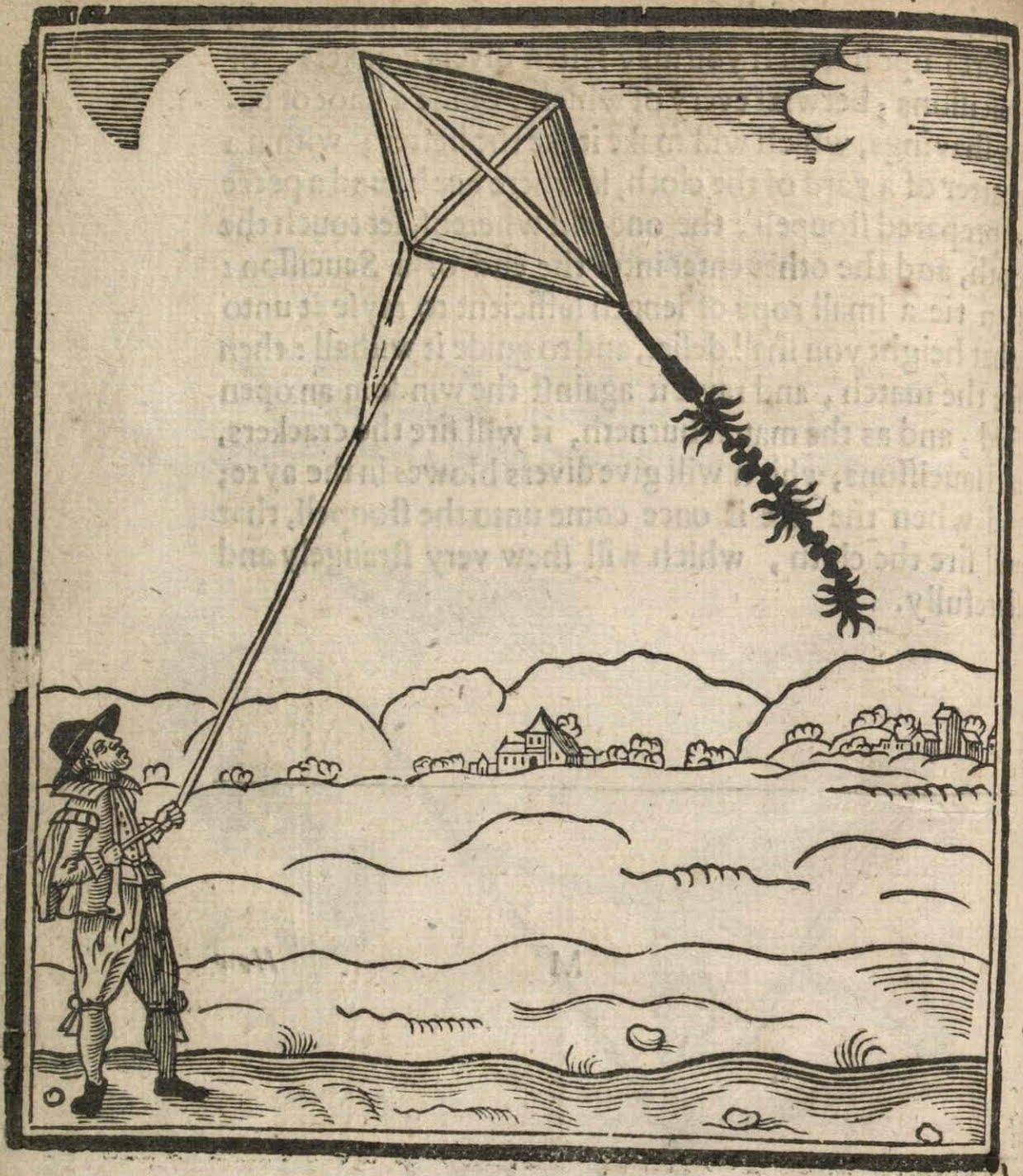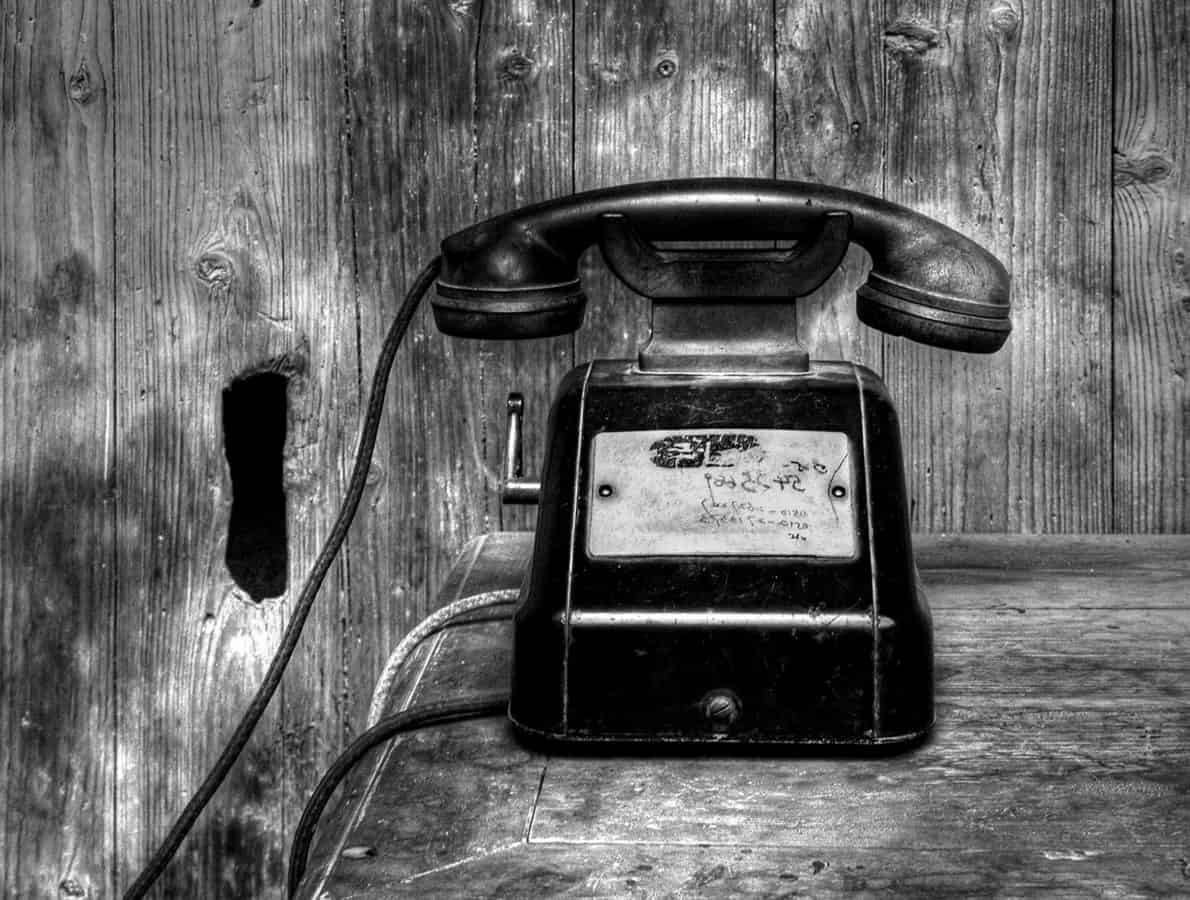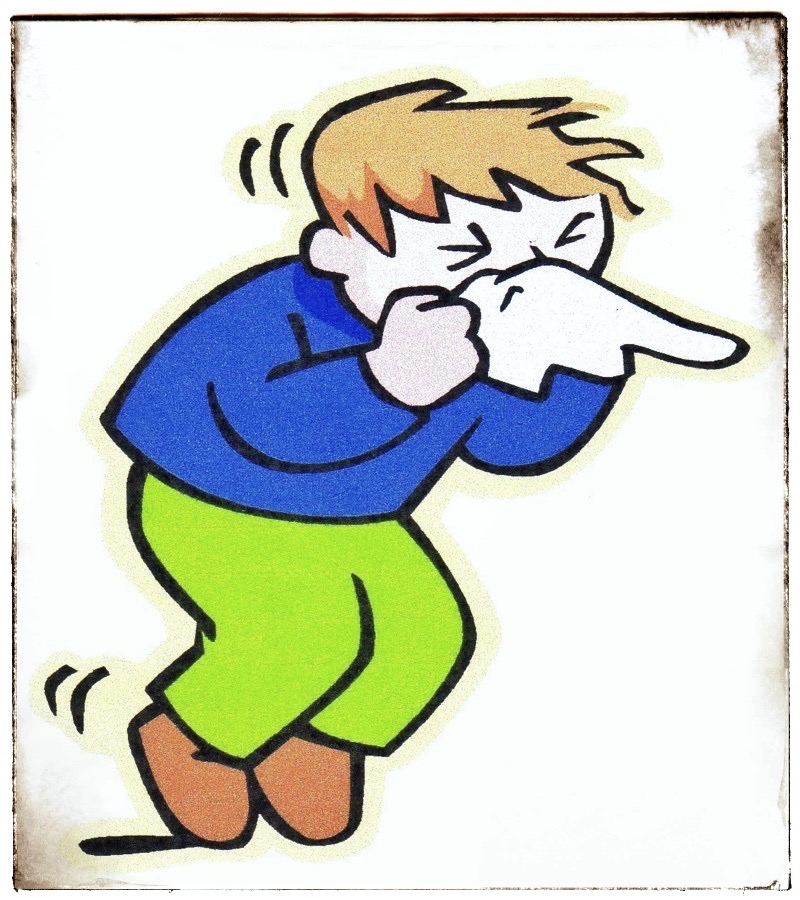
Sneezing season’s upon us, the mid-autumn malediction of coughs and sniffs which sets most Germans slipper-shuffling and clutching hankies to their faces.
Read More
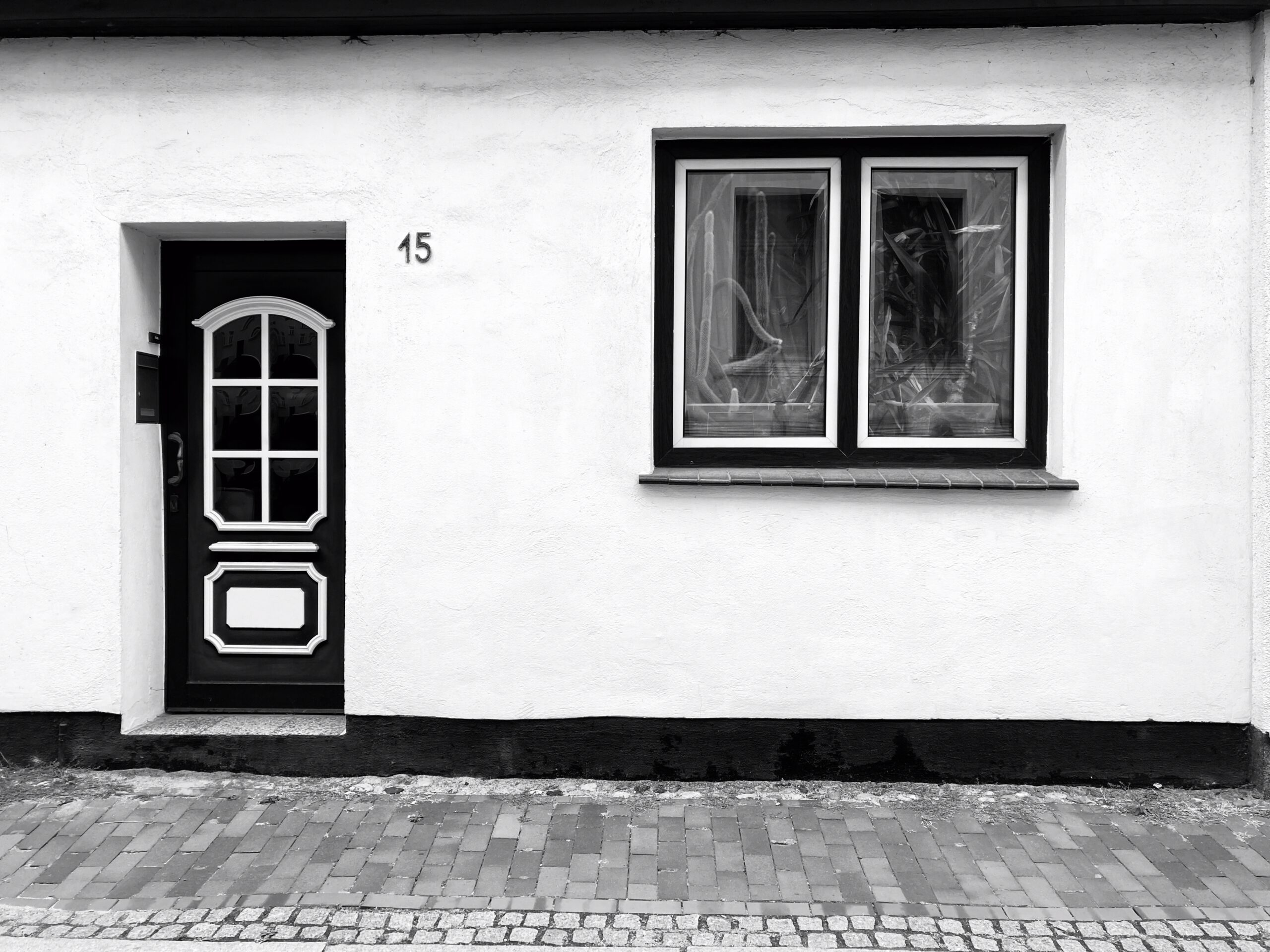
Despite the cool night air, The Man Who Shouts at Doors is back. I can hear him through the double glazing. He’s having an argument. It sounds one-sided.
Read More

Sometimes it turns out doing Sweet FA is actually A, and the F turns up later as Feelings. Funny ...
Read More
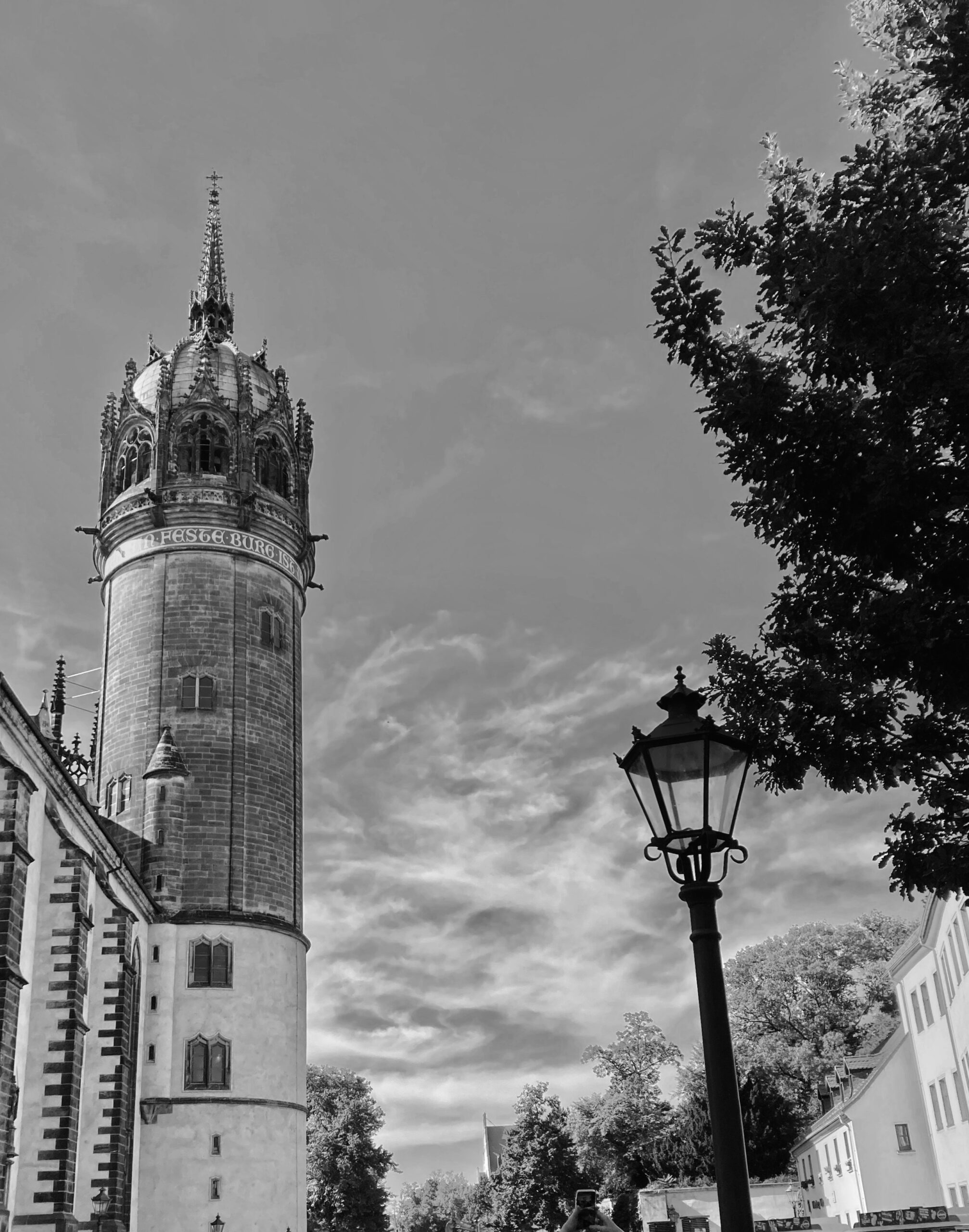
An unusually hot weekend. A door covered in theses. A murder shop. All the things Lutherstadt-Wittenberg had to offer ...
Read More
